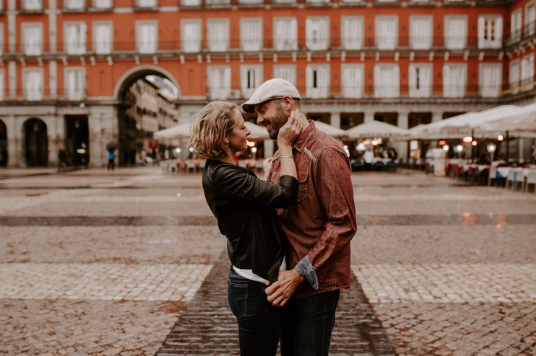How To Plan A Trip For “Indrahar Pass Trek 2021”
Introduction:
The Valley of Flowers, also known as the Indrahar Pass trek, is a popular hiking route in the Himalayas. It is located in Pakistan’s Gilgit-Baltistan region and covers a distance of about 13 miles. The trek begins at the village of Astore, which is approximately 40 miles from Gilgit.
Valley of Gods, the valley of flowers, a region in the foothills of the Himalayas, a place where you can see everything from snow-capped mountains to rushing rivers and lush forests. The people who live there are some of the most hospitable on earth: they’ll invite you into their homes and feed you rice and dhal (a lentil dish).
Indrahar Pass Trek is a very popular trekking activity in Kashmir valley, but it’s not the same for every season. Indrahar Pass Trek is closed during the winter and spring season due to heavy snowfall and avalanches. In summer it is open on normal days. The pass connects the valley of flowers to Hari Parbat in Kashmir with the Kargil district in Ladakh through an altitude of 4,000 meters above sea level. This pass offers spectacular views of snow-capped mountains under the Northern Lights phenomenon when the sky is clear at night. The color of the light will make you wonder whether you are awake or dreaming; which state of mind you are in?
The trek begins with an ascent up to an altitude of about 5500 feet before reaching a height of about 8000 feet. From there on, the route follows a trail that traverses through grasslands and forests for about 5 miles before reaching Indrahar Pass. At this point, you will have reached one of the highest points in Pakistan at 10300 feet above sea level.
How to plan the trip?
The valley of flowers is one of the most beautiful places in the world, but it can be a little hard to navigate. Here are the various tips to plan your trip.
If you’re thinking about taking a trip to the valley of flowers, we have some tips for you!
Make sure you have a reliable way to travel
If you’re planning on driving yourself, make sure your car is in good shape and that you have enough fuel to get there and back. If you’re taking a bus or train, keep in mind that it can be both safe and comfortable. But if you’re just not sure how your vehicle will perform on the road, we highly recommend renting a car instead
Selection of type of accommodation–
next thing to think about is what kind of accommodations will be available when you get there. If possible, try to stay at a hotel or hostel near the entrance to the valley of flowers so that you can take advantage of the area’s amenities—and also so that if something goes wrong with your trip and needs rescuing, it’ll be easier for someone else to help get things back on track.
Food- plan out what type of food and drink will work best for this particular trip. You’ll need nourishment during your journey—and if there are restaurants nearby, they could save time by simply providing
Get there early! Plan to arrive in Nepal early enough to avoid crowds and traffic. The trek will start at 5:30 am and end at sunset, so if you want an early start, get there around 4 am.
Make sure you have all the gear! You’ll need comfortable hiking boots, a hat with a brim (to protect from sunburn), sunscreen (or some other sun-blocking agent), and plenty of water. If you forget anything along the way (like snacks or water), it’s easy enough to pick some up on your way out. And don’t forget your camera—there are lots of gorgeous views to capture along this route!
Be prepared for weather changes—
it can get cold at night with temperatures dropping below freezing during winter months. Dress accordingly and layer up as needed when it gets cold outside so that you stay warm while hiking through valleys instead of being stuck in them all day long.
Decide whether you want a private tour guide or if you’d rather have one of our group leader guides take care of everything. This is a personal decision, so make sure that it’s the right fit for your needs.
Choose whether or not you want to go on the trek during the monsoon season (which is between June and September) or during the winter months (December-February).





